- Pine Cliff Resort
- Campgrounds & RV Parks
- Washington
- Clallam County
- Campgrounds & RV Parks in Clallam Bay
- North Ozette River
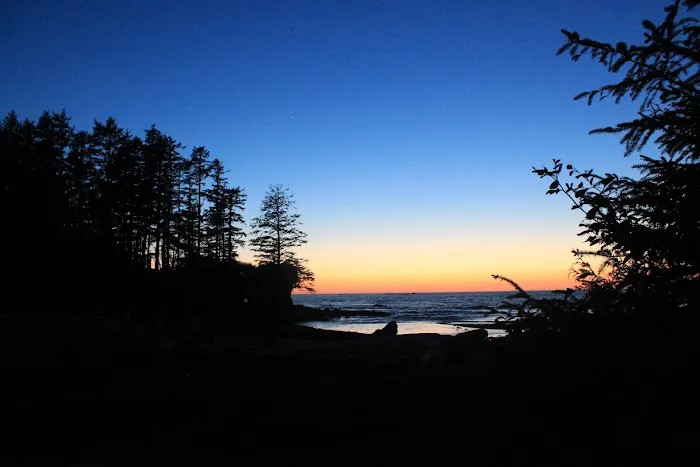
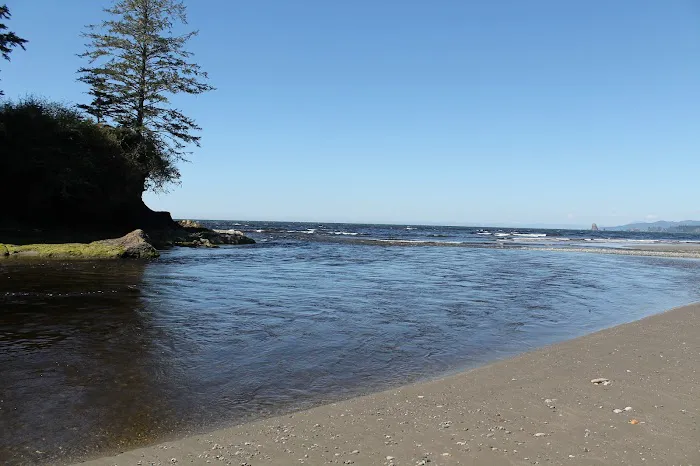
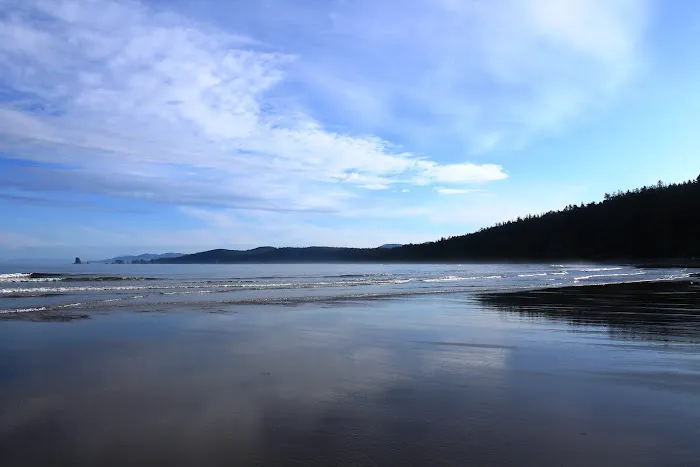
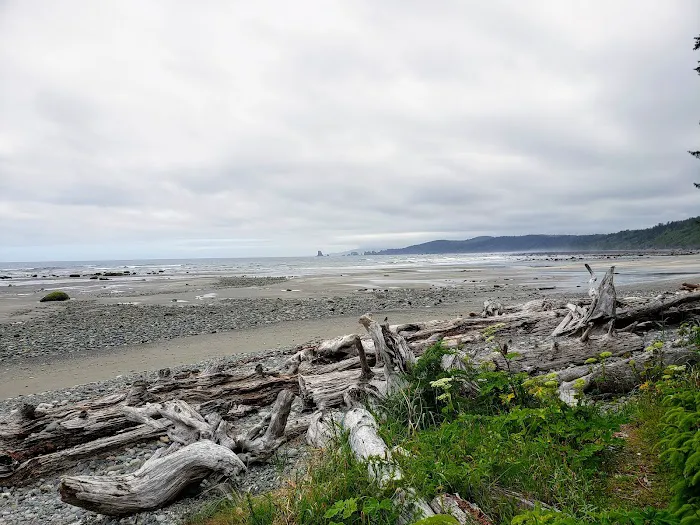
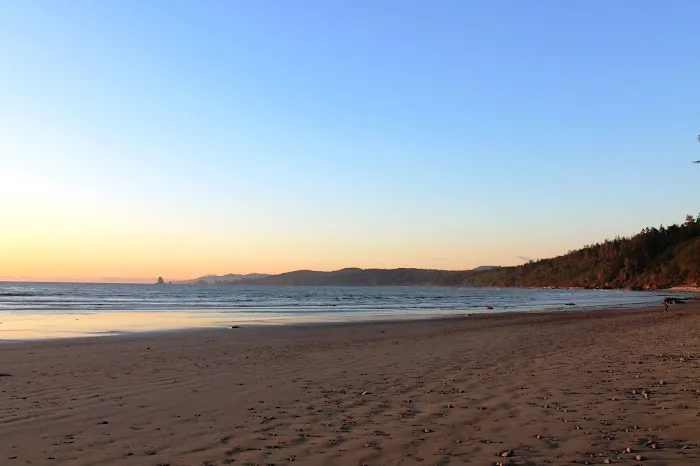
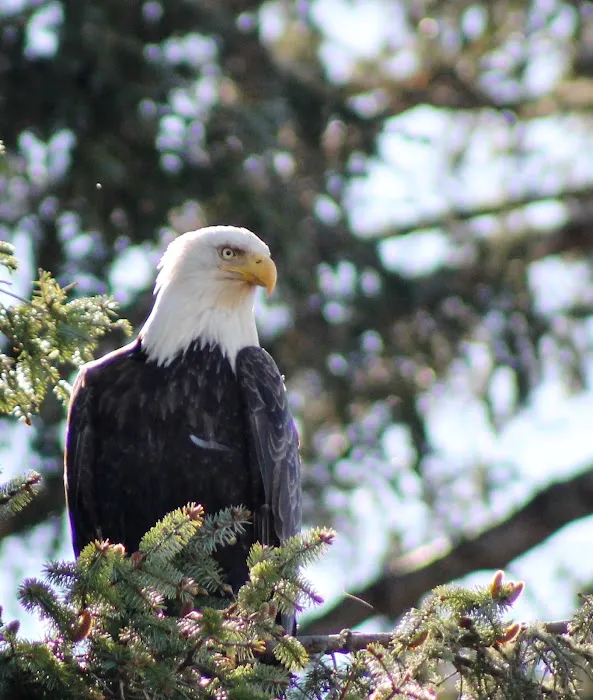
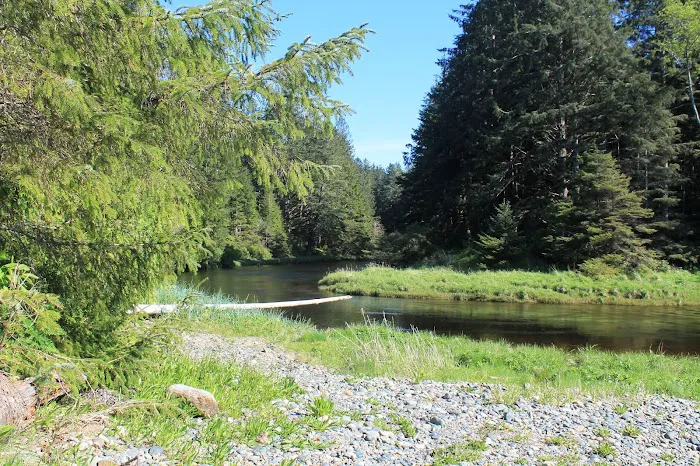
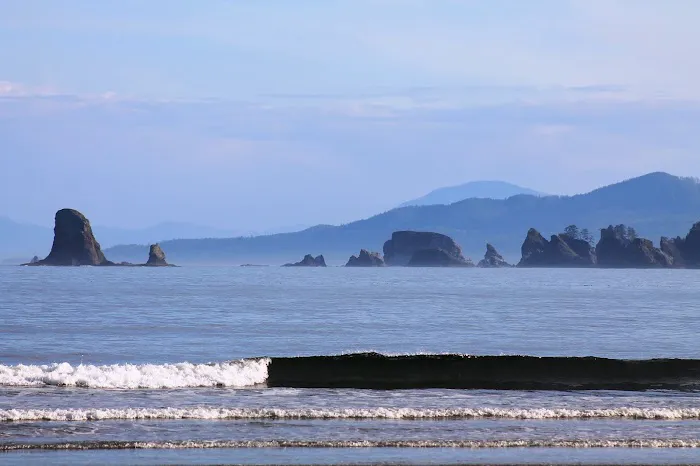
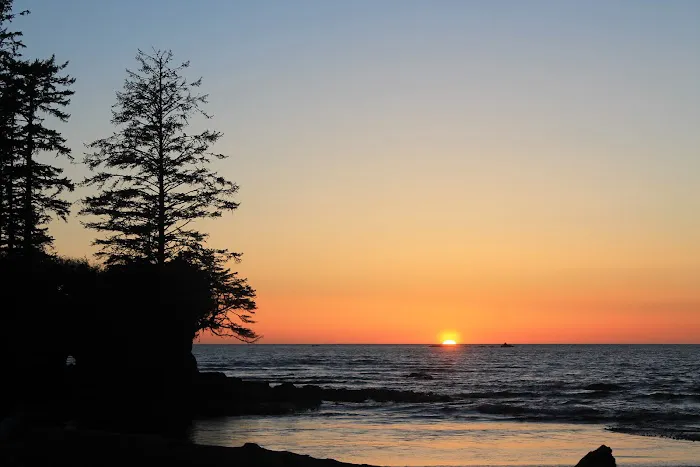
North Ozette River Introduce
The "North Ozette River" refers to a specific, and typically primitive, backcountry camping area located within the expansive wilderness of Olympic National Park in Washington State. Falling under the "Campgrounds & RV Parks" category, it is crucial to understand that this is not a developed campground with amenities like those found at car-accessible sites. Instead, it offers a raw, authentic wilderness experience, appealing to experienced backpackers seeking solitude, challenging hikes, and immersion in a pristine natural environment. Its location along the Ozette River, near its confluence with the Pacific Ocean, provides a unique ecological blend of coastal forest and riverine landscapes.
The environment of the North Ozette River camping area is characterized by its remote and rugged nature. To reach this area, hikers typically embark on multi-mile treks along the Olympic Wilderness Coast, often involving sections of the popular Ozette Triangle Loop. The journey itself is a significant part of the experience, leading through dense, moss-draped coastal forests with towering ancient trees, interspersed with open stretches of beach. The North Ozette River itself is a vital feature, a freshwater source flowing into the Pacific, creating an estuarine environment where saltwater and freshwater mingle. This confluence can impact water availability and potability, especially during high tides. The terrain can be challenging, with uneven rocky beaches, slippery driftwood, and potentially muddy forest trails, particularly the boardwalk sections. The weather is typical of the Pacific Northwest coast: often wet, misty, and cool, even in summer, though sunny days offer breathtaking views. The area is rich in wildlife, including various bird species (eagles, loons), terrestrial mammals like deer and occasional black bears, and marine life found in tide pools and the river. The natural beauty is untamed, offering dramatic coastal vistas, opportunities for observing the raw power of the ocean, and a deep sense of being enveloped by wilderness. Campers will find themselves in a true backcountry setting, far from paved roads and urban noise.
Given its designation as a wilderness camping area, the services provided at North Ozette River are extremely limited, emphasizing self-sufficiency and strict adherence to Leave No Trace principles. There are no developed campsites with picnic tables, fire rings, or designated pads; campers select suitable spots within designated camping zones, typically in the trees above the high tide line or on durable surfaces. The primary "service" is access to pit toilets, though their availability and condition can vary, and campers should always be prepared to dig a cathole and pack out all toilet paper. The Ozette River serves as the main water source; however, campers must treat all water by filtering, boiling, or using chemical purification methods, as giardia and cryptosporidium are present. It's crucial to be aware that the river can become brackish near the ocean at high tide, making freshwater collection challenging, especially at the south campsites. North Ozette River campsites, being further upstream, are often noted as having better access to consistent freshwater. No potable water spigots or developed water systems are available. There are no trash disposal services; all garbage, including food scraps, must be packed out. Bear canisters are a mandatory requirement for storing all food, garbage, and scented items overnight and when unattended, as raccoons and black bears are active in the area. There is no cell service in many parts of the backcountry, and certainly not at a remote location like North Ozette River, reinforcing the need for preparedness and self-reliance.
The features that define the North Ozette River camping experience are primarily its wilderness appeal and the associated recreational opportunities. A key feature is its position as part of the longer coastal backpacking routes within Olympic National Park, often serving as a campsite along multi-day trips like the northern section of the Shi Shi to Ozette trek or as an extension from the Ozette Triangle. The area is renowned for excellent wildlife viewing, including the potential to spot bald eagles perched in trees or marine mammals along the coast. The unique blend of river and ocean provides diverse fishing opportunities, though relevant licenses and regulations must be observed. The beach environment offers opportunities for tide pooling at low tide, revealing a vibrant underwater world. While campfires are generally permitted on the beach below the high tide line (using only collected driftwood), campers must be aware of fire restrictions, especially during dry periods, and the availability of driftwood can vary. The solitude and quiet are significant features for those seeking an escape from crowded areas; North Ozette River is often described as less frequented than the more popular Sand Point or Cape Alava sites. The challenge of navigating the terrain and tides adds an adventurous element, requiring good navigation skills and an understanding of coastal safety. The overall ruggedness provides a true sense of accomplishment for backpackers.
Promotional information for North Ozette River, as part of Olympic National Park's wilderness camping system, focuses heavily on responsible outdoor recreation and safety. A wilderness permit is mandatory for all overnight stays, year-round, and can be reserved through Recreation.gov. Reservations for the busy summer season (May 15th through October 15th) open on April 15th, and it is highly recommended to book early for coastal quota areas like Ozette. The permit fee typically includes a non-refundable reservation fee and a per-person, per-night recreation fee (youth 15 and under are free). Key promotional messages stress the necessity of checking tide charts meticulously, as certain headlands and river crossings (like the Ozette River itself) can be impassable at high tide, requiring careful planning or the use of overland bypass trails. The importance of carrying appropriate gear, including waterproof clothing, sturdy footwear, and a reliable water filter, is constantly highlighted. Bear canisters are mandatory for food storage, and their dimensions (e.g., 12” x 8.8”) are often specified. Visitors are reminded that pets are generally prohibited on park trails and beaches to protect wildlife and ecosystems. Group size limits (typically 12 people) and rules for affiliated groups are enforced to preserve the wilderness character. The Leave No Trace principles—such as packing out all trash, proper waste disposal, and minimizing campfire impacts—are central to all promotional materials, ensuring that those who venture to North Ozette River are prepared to be respectful stewards of this magnificent natural area. The park's website and associated wilderness trip planners serve as the primary source of detailed, objective information for planning a visit to this remote and rewarding destination.
Details
Activities
- Hiking
Children
- Good for kids
Parking
- On-site parking
Location
WashingtonClallam CountyClallam Bay
Customer Reviews
Looking for a great beach camp site, relatively easy to get to, but without the crowds of Shi Shi or Capa Alava? Try Ozette River. Trailhead starts at the Ozette Ranger Station. Take the Capa Alava trail out to the the cape (3 miles of well maintained trail), at the beach turn north hike up the beach about 1 miles, all but maybe 1/6 of a mile is firmly packed sand which is very easy to hike on, the other 1/6 of a mile is rocky but much easier compared to other stretches of this coast line. This route is tide dependent and the the last headland can not be rounded at high tide, below 4 feet. Ozette River has to camping areas on each side of the river. If conditions permit I suggest fording the river to the north campsites. Campsites are up off the beach. Note, in some tidal conditions fresh water can't be collected at high tide, particularly in the south campsites - the north campsites have more of an opportunity to get higher up the river to get fresh water.
Excellent campsites somewhat protected from the wind. Fording the river is tricky but possible at low tide
More Places to Explore Nearby
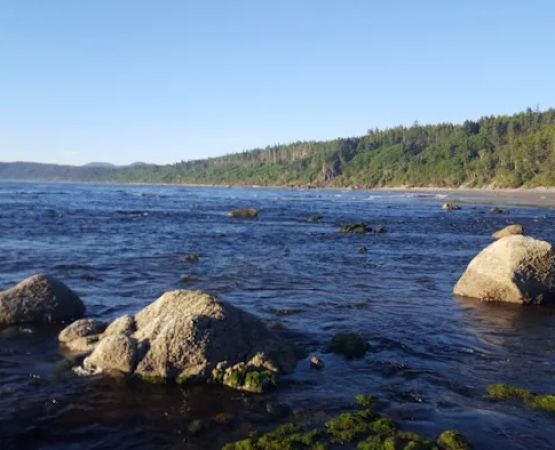
South Ozette River
Clallam Bay, WA 98326, USA
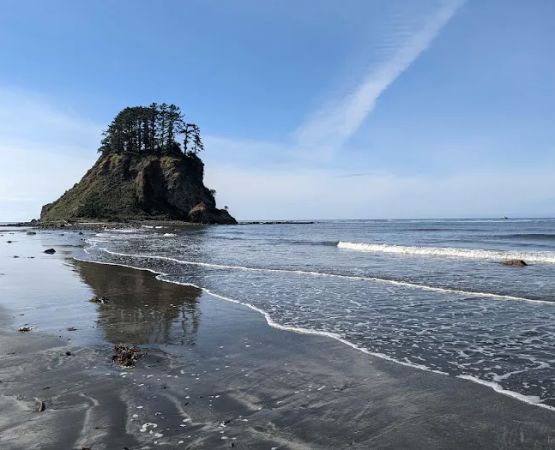
Cape Alava
Clallam Bay, WA 98326, USA
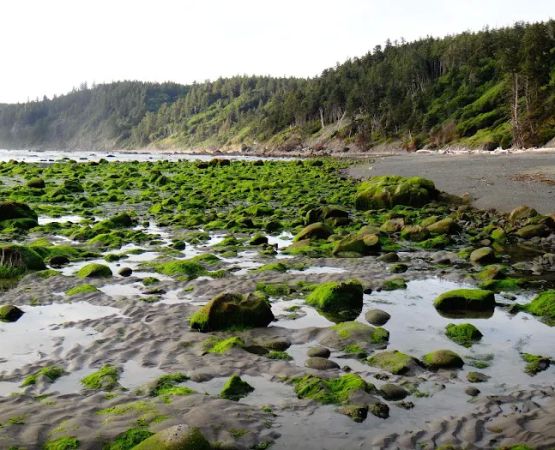
Seafield Creek
Clallam Bay, WA 98326, USA
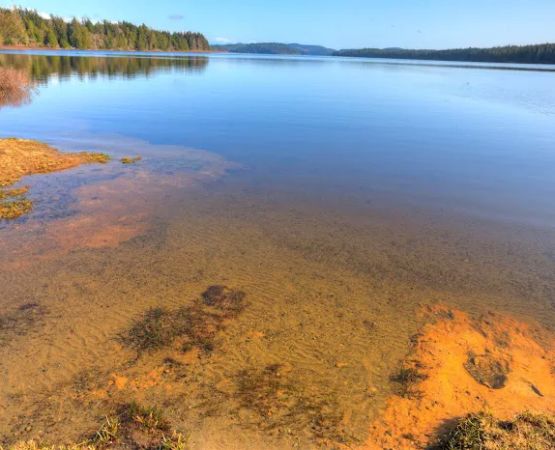
Ozette Campground
21083 Hoko-Ozette Rd, Clallam Bay, WA 98326, USA
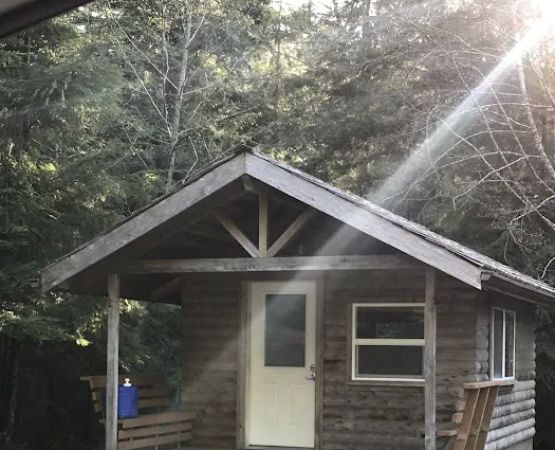
Lost Resort
20860 Hoko Ozette Rd, Clallam Bay, WA 98326, USA
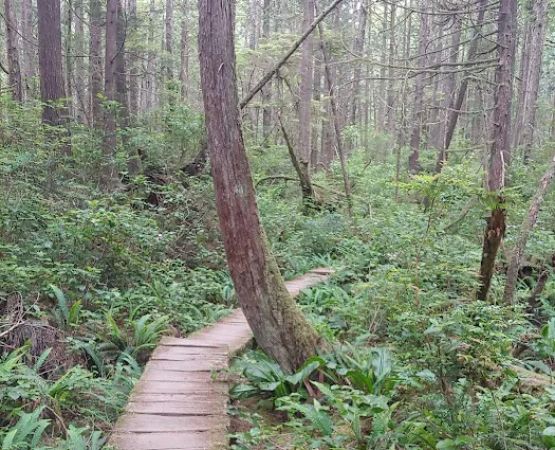
Sand Point
Clallam Bay, WA 98326, USA
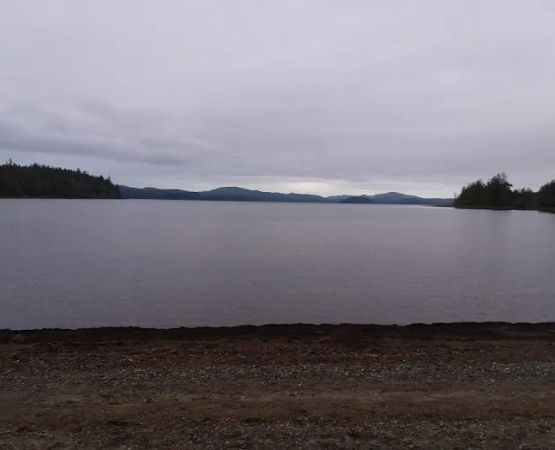
Ericson's Bay Campground
Clallam Bay, WA 98326, USA
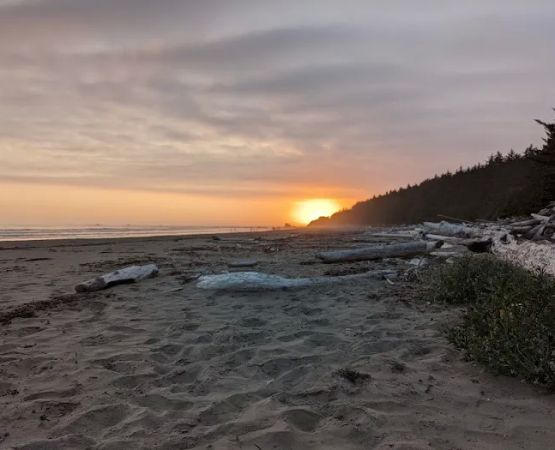
South Sand Point
Clallam Bay, WA 98326, USA
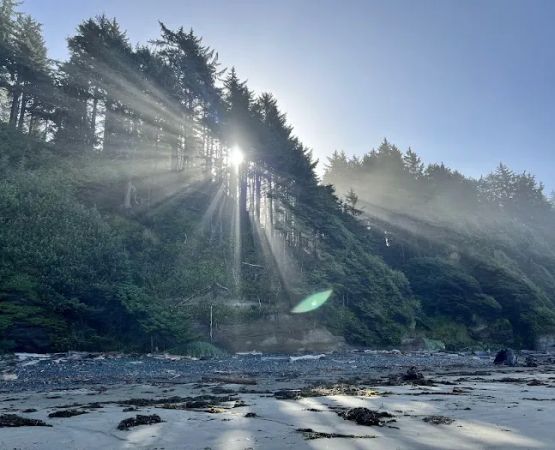
Yellow Banks
Clallam Bay, WA 98326, USA
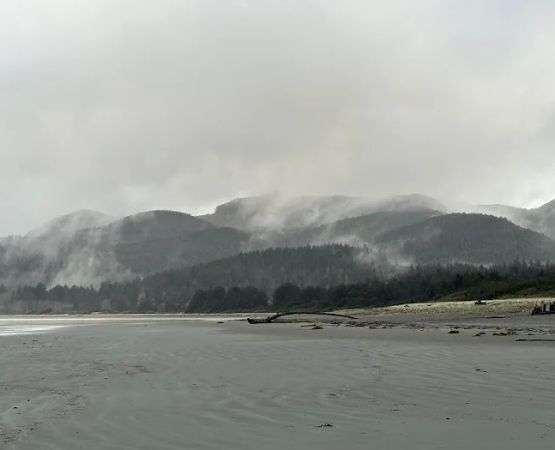
Hobuck Beach Resort - South Cabins
Makah, Indian Reservation, Sekiu, WA 98357, USA

Sandy Feet Cabins and Camping
720 Hobuck Rd, Neah Bay, WA 98357, USA
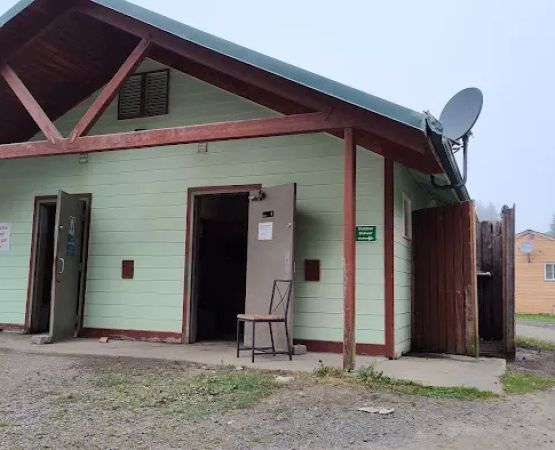
Hobuck Beach Resort
2726 Makah Passage, Neah Bay, WA 98357, USA
Categories
Popular Campgrounds & RV Parks
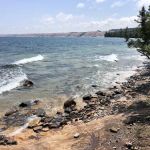 Au Sable East Campground4.0 (10 reviews)
Au Sable East Campground4.0 (10 reviews)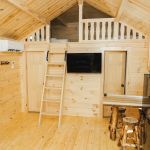 Leelanau Pines Campground4.0 (273 reviews)
Leelanau Pines Campground4.0 (273 reviews)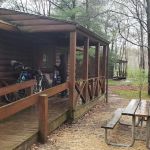 Moraine State Park Cabins4.0 (30 reviews)
Moraine State Park Cabins4.0 (30 reviews)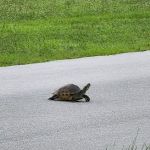 Markham Park Campground4.0 (43 reviews)
Markham Park Campground4.0 (43 reviews) Jellystone Park™ Natural Bridge4.0 (1370 reviews)
Jellystone Park™ Natural Bridge4.0 (1370 reviews) Big Fish-N-Campground4.0 (233 reviews)
Big Fish-N-Campground4.0 (233 reviews)Must-Read Camping & Outdoor Blog Posts
Most Searched Japanese Restaurant Sites
Trending Camping & Outdoor Blog Posts
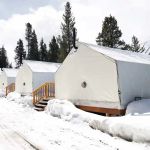 Winter Glamping Retreats in the U.S. You Didn’t Know About
Winter Glamping Retreats in the U.S. You Didn’t Know About Best Family-Friendly Campgrounds with Playgrounds and Kids’ Activities
Best Family-Friendly Campgrounds with Playgrounds and Kids’ Activities Top Family-Friendly Resorts Near Outdoor Adventure Destinations
Top Family-Friendly Resorts Near Outdoor Adventure Destinations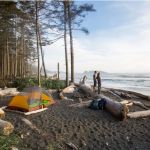 Top-Rated Campgrounds for Exploring National Forests
Top-Rated Campgrounds for Exploring National Forests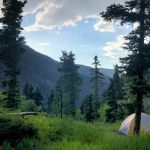 Top-Rated Camping Spots Near Scenic Trails: Explore the Best Outdoor Getaways
Top-Rated Camping Spots Near Scenic Trails: Explore the Best Outdoor Getaways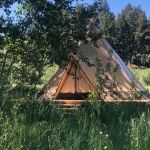 Affordable Luxury Camping Experiences at Top Resorts
Affordable Luxury Camping Experiences at Top Resorts 